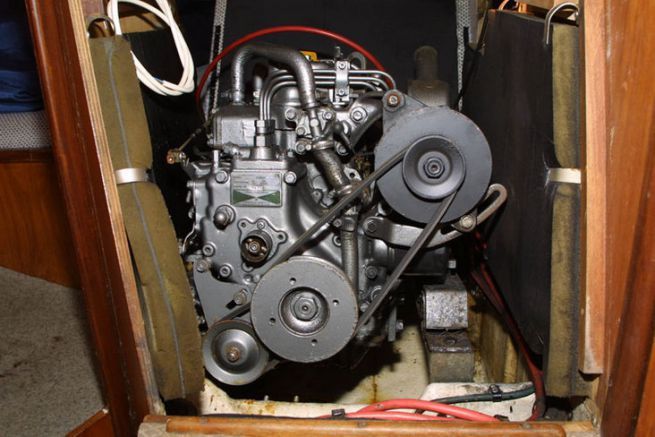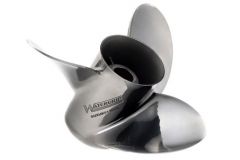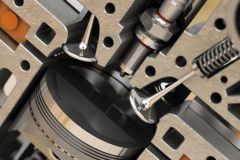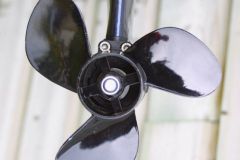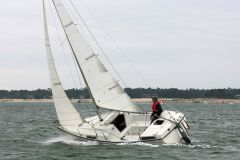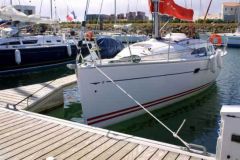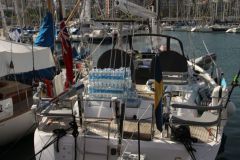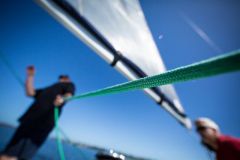Operation of the alternator
A conventional alternator is an electrical device with a winding (the stator) and magnets (the rotor). When the rotor is rotated and via an excitation current, it creates a magnetic field which is converted into direct current. This current is useful on board to operate 12 or 24V services (thruster, windlass...) and to recharge the batteries. Its main disadvantage is that it only delivers a fixed voltage.
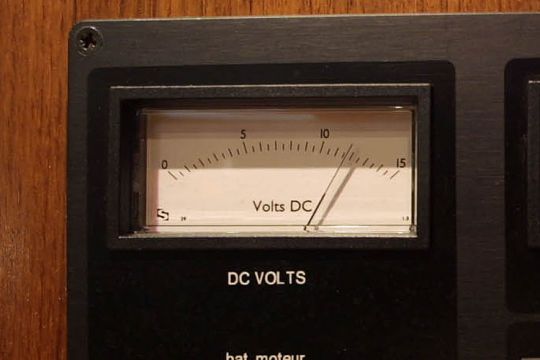
What is the problem with the fixed voltage?
A battery or battery pack needs to be "cycled" to deliver optimal performance in terms of both capacity and longevity. A complete cycle corresponds to a 50% discharge followed by a 100% recharge.
To recharge a deeply discharged battery, it is necessary to apply three charging phases to the batteries (so-called IUOU phases) for a period of about 6 hours:
- A first charge called "Bulk" or "Boost", high intensity (up to 25% of the battery's capacity in Amperes per hour) and relatively low voltage (13.5V for a 12V AGM battery).
- A second phase called "Absorption", low intensity, high voltage (14.4V for a 12V AGM battery)
- And finally a third phase called "Float", low intensity, low voltage (13.5V for a 12V AGM battery)
Only the completion of these three sequences in sequence delivers a perfect 100% charge of the battery. An alternator equipped with a standard internal regulator delivers a constant voltage of 14V (taking the case of a 12V alternator). This voltage is too low to carry out the second "Absorption" phase (a voltage of 14.4 V is required, as seen previously). By not carrying out it, we will not manage to charge the batteries beyond 80% of their capacity, and especially we will not cycle them.
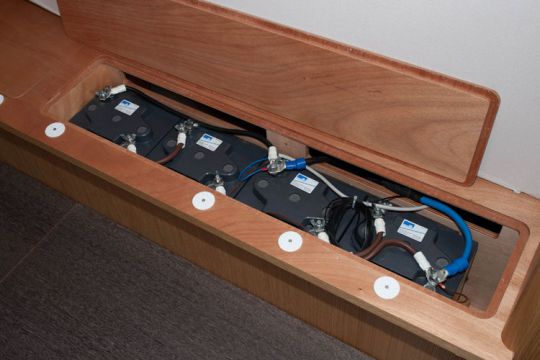
If, by misfortune, the boat is also equipped with a diode battery separator (a device allowing several batteries to be charged from a single alternator, engine and service), the output voltage of the separator to the batteries is further reduced by 0.6 to 1V, bringing it to 13.0V, which will not allow the boat's batteries to be charged beyond 50%.
In this case, a battery recharged only by this configuration will degrade rapidly, requiring more frequent replacement.
Fortunately, there are two solutions to guarantee a 100% recharge while cruising without any other power generator than the alternator. Indeed, a regular recharge with a shore power charger connected to the 220 V solves the problem, but obliges to spend nights in the ports..
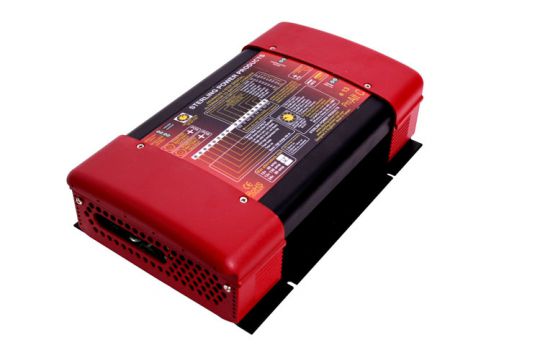
The alternator charger
It is a product that connects to any alternator and behaves like a shore power or solar charger, capable of delivering a three-step charge cycle to your battery banks by "luring" the alternator's excitation.
To install it, it is not necessary to dismantle or modify the alternator. On the other hand, it is not a real regulation of an adapted alternator, but to use a standard alternator which is lured by the charger and tends to heat up. The installation of a cooling air intake for the alternator is often useful.
- Sterling Power battery alternator charger, from 415 euros
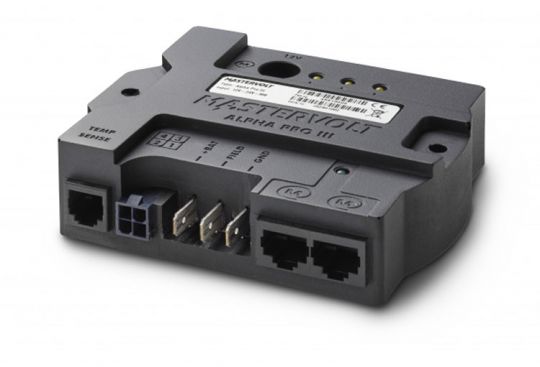
The alternator regulator
The alternator regulator connects directly to an alternator that it will control and operate according to the three charge cycles (bulk/absorption/float) that it determines by monitoring the voltage and temperature of the batteries.
The regulator/alternator couple works in an optimal way. This type of product can be used on the engine's original alternator, but for better performance, it is advisable to adapt an alternator designed for a higher workload, that required by the regulator.
- Sterling PDARW waterproof alternator regulator, from 255 euros
- Alpha pro III regulator 330,45 euros to be coupled with a Hevy Duty Mastervolt Alpha marine alternator from 985 euros
- BALMAR alternator regulator from 586,20 euros, to be completed with a Balmar Heavy duty marine alternator from 2445,30 euros.
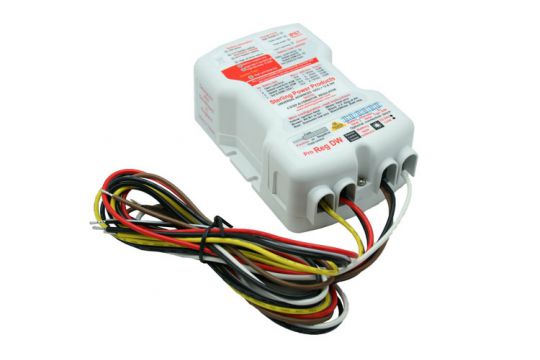
For optimal operation of your battery banks, in the absence of or in addition to a shore charger, these two solutions will allow you to charge your batteries to 100% with a few hours of motoring per day. Something to think about when you prefer to spend your nights at anchor rather than in port..

 /
/ 